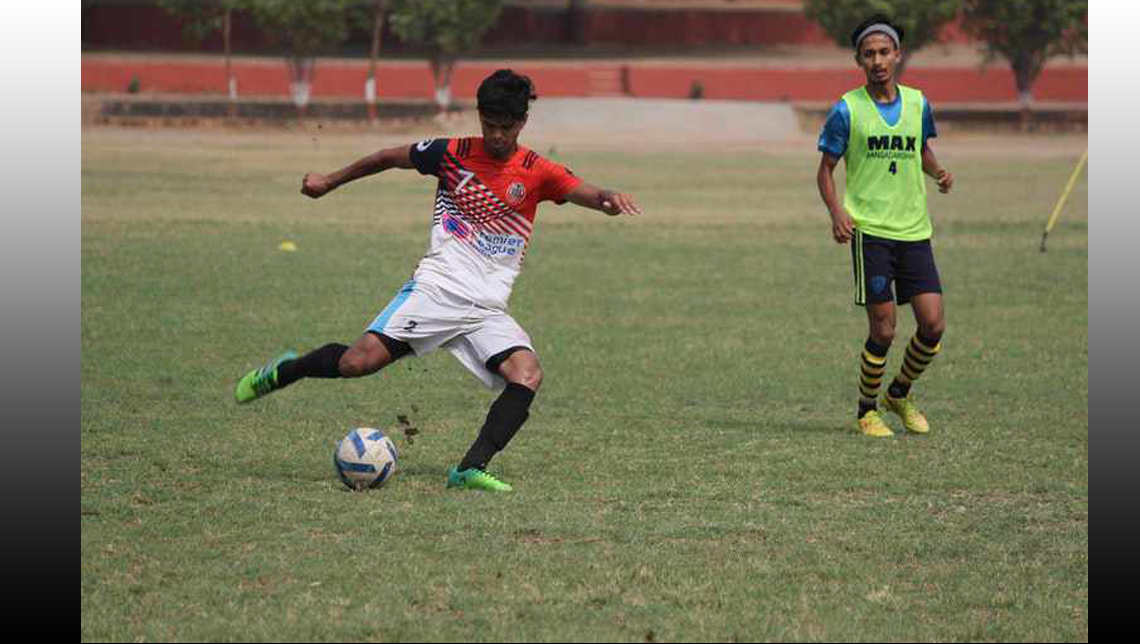
Soccer Agent Advice: How a transfer works (Part 1)
July 17, 2019
by
Our SMWW Soccer Director, John Print, and his staff has posted this three-part series in regards to football (soccer) transfer as a useful tool to help you learn the business.
Part 1: How a football transfer works
Sprint MG Insight in a three-part series, breakdown the key components of a football transfer. In Part 1 we explore the importance of scouting, the process of a club bid and the negotiation of personal terms of the player's contract. (First published 6 July 2019 by )
Player Scouting
First and foremost, the most important part of any potential transfer is the scouting of possible targets. Get this part wrong and it could be the end for a manager in a game of soaring transfer fees and wages juxtaposed with shrinking amounts of patience and time afforded to them to achieve their aims.
It’s vital a scouting department is in step with their manager and/or director of football to fulfill the goals that their shared vision dictates. A Premier League clubs scouting department typically consists of 10-15 scouts on staff with a head scout overseeing them. While a big part of scouting is still watching a player live, most top clubs are delving further and further into the world of statistical analysis, using computer programs such as Prozone, Hudl, Wyscout, InStat and Scout 7. Videos of potential targets are uploaded in a matter of minutes, meaning that managers and directors of football can now assess a player without having to leave their office.

Player Enquiry & Bid
Player identified, next it’s onto the enquiry & bidding stage. The agent and manager of a target will be contacted in order for a team to acquire information about the player’s background and personality. Footballing ability is all well and good but a player has to be able to deal with a range of things mentally, including potential pressure at big clubs, fitting into a dressing room and they’re overall temperament has to be assessed too.
As well as background on the player, an agent will also be asked things like; how much is the player currently earning? How much is the player looking to earn? What sort of transfer fee will the player command? If the wages and fee are unrealistic it’s likely the team will break off their interest, at least for now, however assuming the requests are realistic for the club, next up is the bidding stage.
The bids are submitted via email these days with the fax machine having largely been rendered obsolete. The first offer by a team is pretty much always rejected as naturally both parties want the best deal they can secure. Think haggling in a market place; often the initial proposal by the buyer is lower than they expect to have to pay and the sellers fee starts higher than the actual number they are prepared to accept. Over the course of a few proposals and counter proposals the participant’s cards are revealed and the fee is agreed. Further complicating this process are possible payment structures and a whole range of future fees including sell on clauses and a myriad of player performance target additional payments.
Personal Terms
With a fee between the two teams agreed, the selling club is given permission to meet with and negotiate personal terms with the player.
For the most part, it’s the players’ agent that handles this part with the player kept informed as the process progresses. The agent negotiates with the club official of the buying club, be it a director of football or chief executive, to makes sure his client gets the best deal possible. Contractual factors to agree upon include salary, bonuses, signing on fee, length of the contract, release clauses, relocation fees, image rights, and a range of other personal, financial and social perks.












